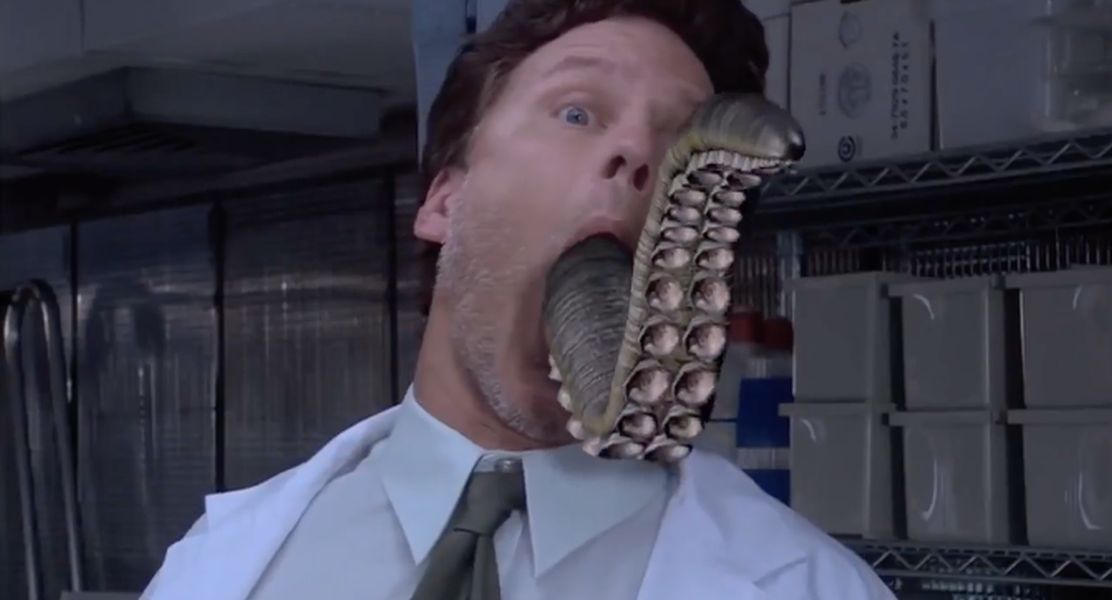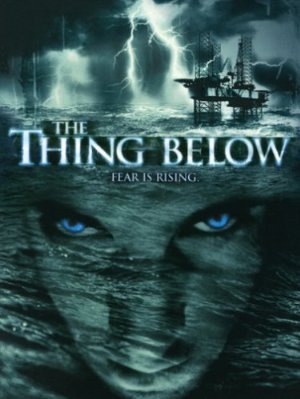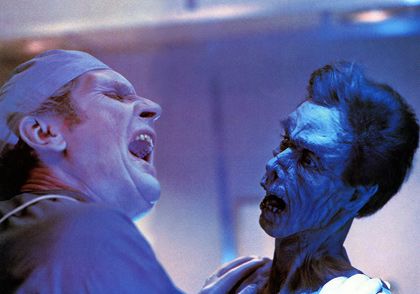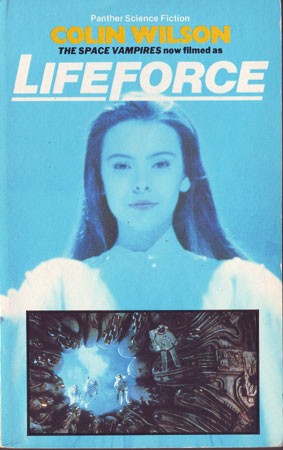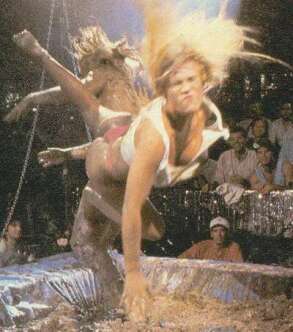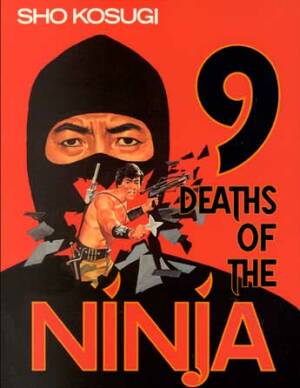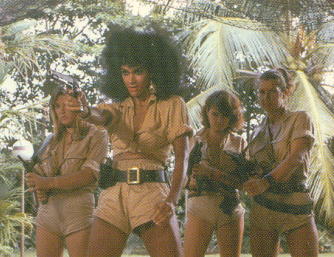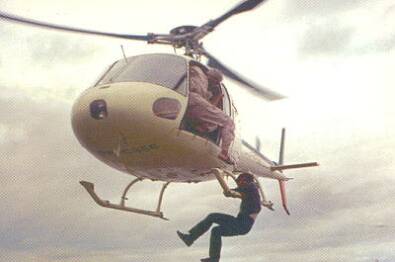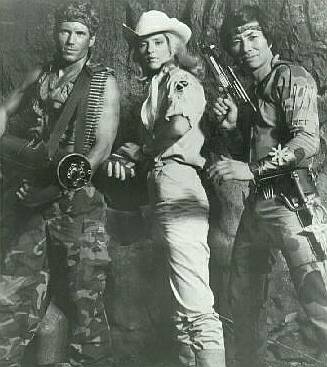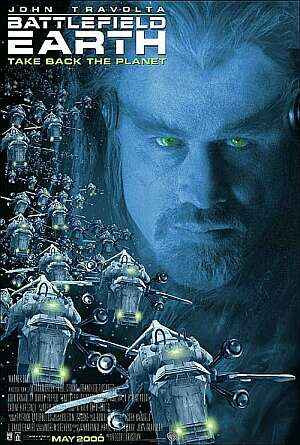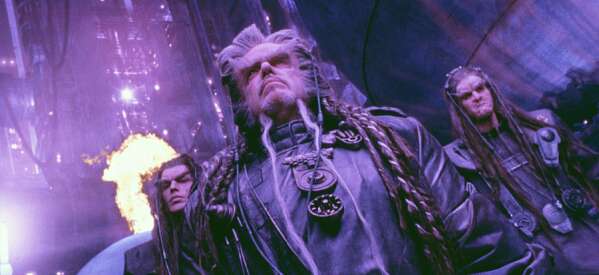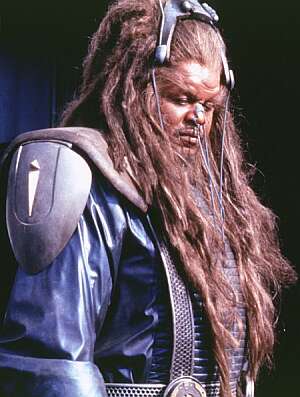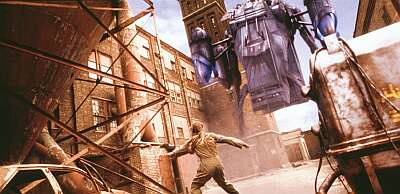Incredibly Bad Film Show: The Thing Below
Dir: Jim Wynorski [as Jay Andrews]
Stars: Billy Warlock, Kurt Max Runte, Catherine Lough Haggquist, Peter Graham-Gaudreau
I have a lot of time for Wynorski who, along with Fred Olen Ray, is one of the most enthusiastically active B-movie directors in Hollywood, with a career going back to 1985’s The Lost Empire, and which has resulted in such classics – at least in TC Towers – as Deathstalker 2, Chopping Mall and The Bare Wench Project [ok, Chris would disagree with me over the merits of the last-named]. He operates under a range of pseudonyms, including H.R. Blueberry for soft-porn spoofs such as The Da Vinci Coed, with other names including Arch Stanton, Noble Henry, Tom Popatopolous and Jamie Wagner. But the one you have to watch out for, and operating here, is Jay Andrews. This tends to be attached to poverty-row SF/action flicks, often appearing on the SciFi Channel: Komodo vs. Cobra or Gargoyle. Now, ladies and gentlemen, I give you The Thing Below.

You’ll notice that the trailer provides only brief glimpses of the titular Thing, and that would be for very good reason: it is total crap, being entirely CGI, and apparently constructed using the full computer power offered by a top of the line Sinclair Spectrum [without the 48 Kb RAM expansion pack] A host will open their mouth, a tentacle will shoot out and wrap itself around the victim’s throat. Except, the use of the words “shoot out” and “wrap itself” implies that the tentacle and the actors interact in some way. Please be under no illusions there: you could achieve a better semblance of visual trickery by getting your six-year old nephew to draw on the TV with Crayolas.
The film starts on an US warship in the Gulf of Mexico, where a sample, dug up from an oil-platform, is being returned to shore in a ferocious storm. The scientists in charge, rather dumbly, wait until the height of the gale to try and move the sample – described as so radioactive, it could tan an elephant’s hide, though this is never mentioned again – to a secure location, from the lab counter on which it is currently sitting. Do they, oh, use a dolly or cart of some kind to move it, as the ship heaves through the waves? No: a bunch of guys each grab a corner, and stagger around for a bit, before the inevitable happens. They drop the container, which shatters and the contents starts shooting tentacles out, as if auditioning for the cosplay at a Legend of the Overfiend convention.
Then the ship blows up. Quite why, I’m not sure, but they probably had used up all of their stock footage, and needed to divert elsewhere. Such as the CGI oil-rig where the bulk of the film actually takes place; this does explain the movie’s alternate title, Ghost Rig 2: The Legend of the Sea Ghost. In case you’re wondering, the original Ghost Rig was a retitling of a British film, The Devil’s Tattoo, about an evil spirit haunting a North Sea platform. It was, presumably, successful enough to merit this pseudo-sequel, though since they seem to have abandoned the title, you’d never know.
Heading towards the rig is a supply ship, under the steely gaze of Capt. Jack Griffin (Warlock), along with a scientist, Anna Davis (Haggquist), and company man Rieser (Graham-Gaudreau) – the latter may be a nod to Paul Reiser, who played basically the same role in Aliens. When they arrive, the find the place almost deserted, and soon find out that a creature is roaming the corridors here. It’s never quite made clear whether this is the same one which was on the ship or not; I think it’s probably a second one, but if that’s the case, how it escaped too isn’t explained. As Oscar Wilde once said, “To lose one many-tentacled beast from the depths may be regarded as a misfortune; to lose both looks like carelessness.” Or something like that.
Here, we discover the creature’s other ability: it can project visions into the minds of those near it, to lure them within tentacle strike range. I’m pretty sure this was used in a Star Trek episode. And, say what you like about the monster, it doesn’t lack ambition. The crewman who wants to be a cowboy, for example, gets a whole Western town, complete with an opposing gunfighter. Never mind that this is actually a storm-tossed oil-platform, so any normal person might go “Hang on a moment…”, when they stumble through a door into Tombstone (or a semi-convincing facsimile thereof), instead of the expected store-room. Similarly, another crew member gets a visit from his favourite porn starlet, played by Glori-Anne Gilbert, whose breasts have previously been discussed on this site. A third lost her husband and son in a train crash, so – yep, you guessed it – the entire accident scene gets re-created. Hell, if you’re going to go big, go big.
Gradually, the team is whittled down to the small band of survivors, who are exactly the characters you would expect to survive. They locate a couple of survivors, including Captain Jack’s brother, and there’s a tussle over a floppy disk which contains information on how to defeat the creature. This is questionable in a couple of ways. Firstly, when was the last time you saw anyone copy information onto a floppy disk? And secondly, the method actually used by Jack, seems far more inspired by a recent viewing of Die Hard than anything remotely technological. Sadly, the film lacks the guts to have him intone “”Come out off the coast, we’ll get together with a many-tentacled telepathic fiend, have a few laughs.”
The ending is both eminently predictable, and a complete cop-out in that the creature suddenly decides to develop a hitherto-unmentioned skill – one which, if applied earlier, would likely have resulted in a rapid end to the film. No such luck, however, and we are left to contemplate the horrific possibility of The Thing Below 2 – or, possibly, Ghost Rig 3. So far, however, even Wynorski has not seen fit to go back to that particular well, despite having made 23 features in the four or so years since. Perhaps even he knows when it’s best to let sleeping, ah, things lie.
Despite the copious use of stock footage [some of which is, admittedly, fairly impressive], the film’s cheapjack nature continually shines through. The entire US government is represented by two guys and a Dell computer in a largely-empty warehouse, supposedly in Washington. This is enough to get you the direct-dial number of the President; well, I guess Bush hasn’t got much to do since the election.
If Warlock looks somewhat familiar, it’s because he was the lead in Brian Yuzna’s Society, where he also found himself on the wrong end of an alien species, and I have to say, the acting is probably the least of the film’s problems. While no-one stands out, they all do what they can with the crappy material, especially since one suspects they were acting under false pretenses. Specifically, being unaware that the special FX to be inserted later, were using the term “special” in much the same way as the “Special Olympics.” I can only sympathize with them, so here’s a quick plug for Haggquist’s theatrical and film bookshop in Vancouver. It’s the least she deserves.
Regardless of how you look at this film, there are better entries sitting on the shelves. Alien paranoia? Go for The Thing, which the movie’s title is shamefully invoking. Want tentacles on the ocean? Try Deep Rising instead – which also had far better effects, despite being made six years previously, practically an age in CGI terms. Deserted vessel? Even the crappy Ghost Ship had one good scene. Which would be one more than this manages. But ask yourself a question, folks: how cheap and rushed does a film have to be, before Jim Wynorski won’t use his real name on it?
